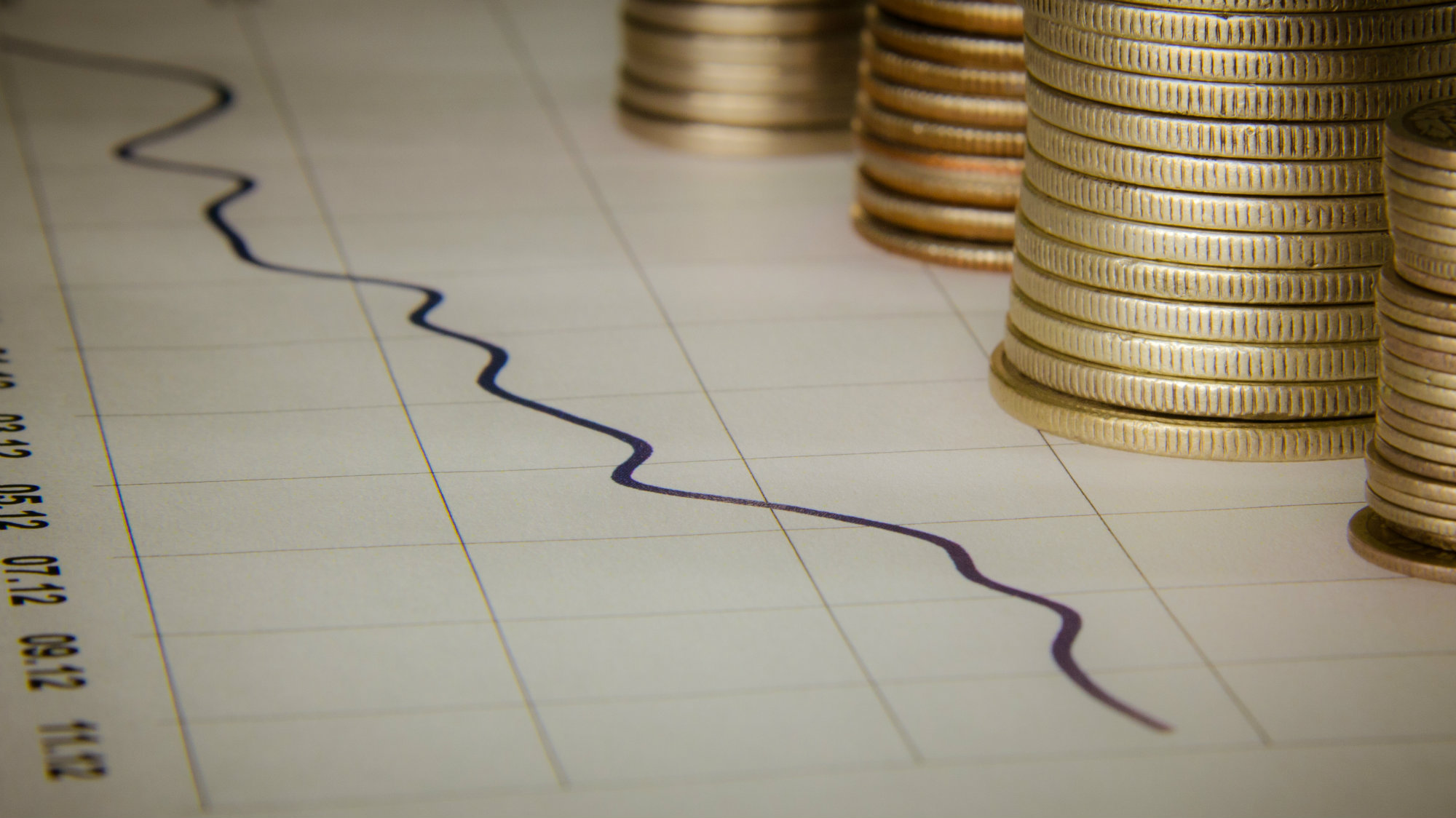What?
News and data provider Thomson Reuters Corp. (TSX:TRI)(NYSE:TRI) is watching its stock pop more than 9% in early trading on Tuesday following a press release after the market closed on Monday in which it confirmed that it is in “advanced discussions” with U.S. private equity firm Blackstone Group LP (NYSE:BX) regarding a potential partnership in its Financial and Risk (F&R) business.
So what?
Thomson Reuters stated that its F&R business “delivers global content sets, including fundamentals, estimates and primary and secondary research alongside tools, platforms, venues and services to enable fast, intelligent decision-making and trading,” and it also provides “leading regulatory and risk-management solutions to help customers anticipate and manage risk and compliance.”
The F&R division is Thomson Reuters’s largest in terms of total revenue. In fiscal 2016, it generated US$6.06 billion in revenue, representing 54.2% of its total revenue of US$11.17 billion for the year, and its next largest division, Legal, generated just US$3.37 billion. In the first nine months of 2017, it generated US$4.56 billion in revenue, representing 54.4% of its total revenue of US$8.39 billion for the period, and Legal generated just US$2.51 billion.
In the press release, Thomson Reuters noted that it would “retain a significant interest in the F&R business,” so this is not an outright sale to Blackstone, and Thomson Reuters added that it “would retain full ownership of its Legal, Tax & Accounting, and Reuters News businesses.”
Thomson Reuters ended the release by noting that a partnership with Blackstone may never come together, and that it would not provide further commentary on the topic until it thinks it is necessary.
Now what?
Thomson Reuters did not provide any details on the value of the deal, but ironically enough, Pamela Barbaglia, a chief correspondent at Reuters, reported that sources say Blackstone is aiming to acquire 55% of the F&R business for over US$17 billion, which is a hefty price tag for a division that is said to carry an enterprise value of US$20 billion.
If Ms. Barbaglia’s numbers are accurate, I think this is an incredibly good deal for Thomson Reuters, so it’s no wonder that its stock has responded by soaring.
Including reinvested dividends, Thomson Reuters’s stock is now up more than 41% since I first recommended it on October 31, 2014, and more than 8% since I last recommended it on December 19, 2017, and I think it’s still a strong buy today, so take a closer look and consider beginning to scale in to long-term positions over the next couple of trading sessions.
 Act Fast: 75 Only!
Act Fast: 75 Only!








